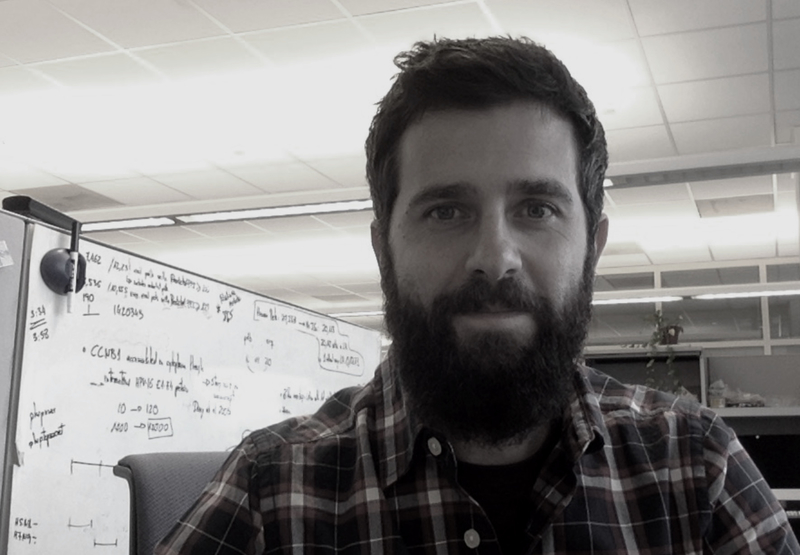Objectives
Abstract: Viral-host protein-protein interactions (PPIs) enable viruses to manipulate the host’s cellular machinery. Identification of viral-host PPIs is crucial to understand molecular events mediating viral infection, yet our knowledge is exceedingly sparse. We implemented P-HIPSTer (Pathogen Host Interactome Prediction using STructure similarity; www.phipster.org), a computational tool that employs structural information to predict viral-host PPIs. We applied P-HIPSTer on 1,001 human viruses representing 28 viral families known to infect humans, obtaining an experimental validation rate of ~76%. Among our predictions we find i) Zika virus interacting human proteins that relate to clinical symptoms observed in recent outbreaks and; ii) viral-host PPIs associated with the oncogenic potential of human papillomaviruses. Moreover, our predicted pan viral-human PPIs enable the discovery of shared host machinery employed by human viruses. P-HIPSTer is the largest initiative to model the viral-human interactome, providing high-resolution interaction models for ~85,000 viral-human PPIs. In addition, atomic models of viral-host PPIs facilitate the evaluation of zoonotic risk of viruses such as Bombali ebolavirus (BOMV), a newly discovered virus found in bats. Modeling the BOMV-human PPI that mediates viral entry, along with experimental assays, showed that BOMV can indeed infect human cells. Altogether, our structure-based approach provides novel molecular insights into cellular processes underlying viral infection and enables the discovery of genotype-to-phenotype associations, such as clinical outcome or viral tropism.
 Short bio: Gorka Lasso (www.gorkalasso.com) is an associate research scientist at the Department of Systems Biology, Columbia University, New York. He studied biochemistry at University of Navarra before completing his Ph.D. at University of Wales Swansea, where he developed predictive algorithms to annotate structural and functional properties of membrane proteins. During his post doc in CICbioGUNE, he combined cryo-electron microscopy and protein modeling techniques to decipher the conformational landscape of a multifunctional metabolic enzyme. His current work focusses on the development of computational framework that employs a Bayesian network and structural information to predict viral-host protein-protein interactions.
Short bio: Gorka Lasso (www.gorkalasso.com) is an associate research scientist at the Department of Systems Biology, Columbia University, New York. He studied biochemistry at University of Navarra before completing his Ph.D. at University of Wales Swansea, where he developed predictive algorithms to annotate structural and functional properties of membrane proteins. During his post doc in CICbioGUNE, he combined cryo-electron microscopy and protein modeling techniques to decipher the conformational landscape of a multifunctional metabolic enzyme. His current work focusses on the development of computational framework that employs a Bayesian network and structural information to predict viral-host protein-protein interactions.
Speakers
Gorka Lasso, Associate research scientist, Columbia University
